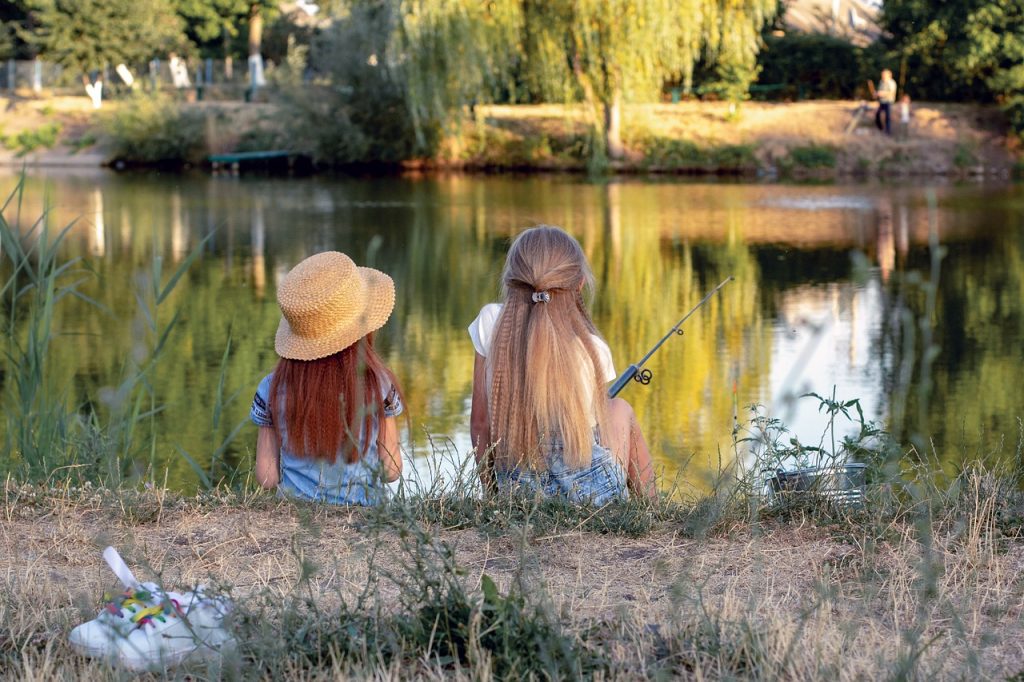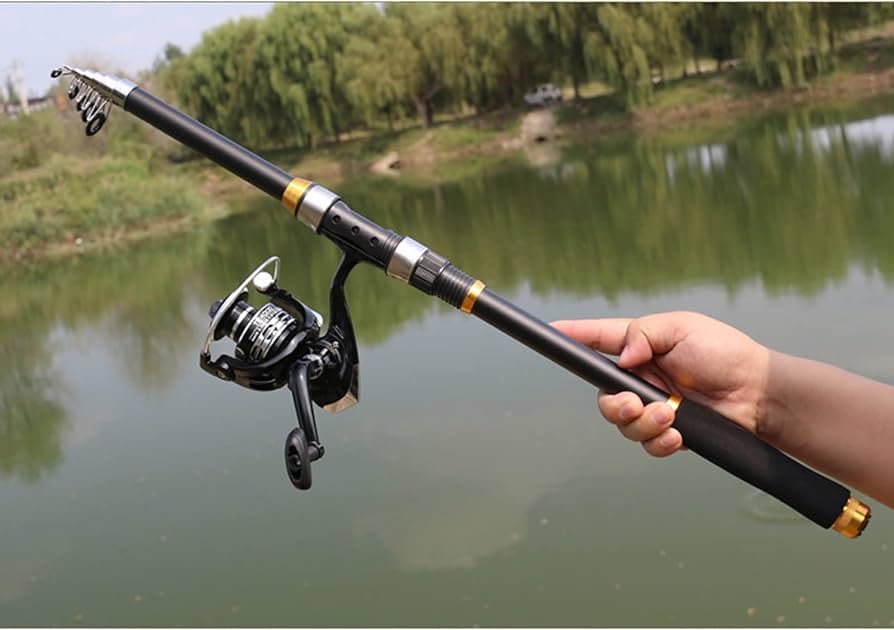(Photo from Plato Terentev | pexels.com)
Challenges and Adaptations: Navigating the Changing Arctic Landscape
With its sprawling icy vistas, the Arctic is a region in flux, bearing witness to the undeniable impacts of global climate shifts. This metamorphosis casts a shadow over Eskimo ice fishing, a practice intricately woven into the tapestry of Arctic existence. The once-familiar cadence of the seasons is now punctuated by erratic ice formations and shifting waters, presenting both obstacles and opportunities.
As the Arctic’s icy embrace loosens, traditional fishing grounds transform. These alterations, while challenging, also usher in a period of innovation and adaptation. Communities, drawing upon ancestral knowledge, are pioneering new techniques and strategies. They’re harnessing the power of technology, combining it with time-tested wisdom to navigate these uncertain waters.
Furthermore, this evolving Arctic tableau presents a dichotomy of outcomes. In some corners, the dwindling presence of certain fish species signals a clarion call, highlighting the urgent need for conservation efforts. Conversely, pockets of the Arctic are witnessing an intriguing resurgence, with new aquatic life debuting. This ebb and flow of nature underscore the Arctic ecosystem’s resilience while emphasizing the imperative for adaptive, sustainable fishing practices.
Preserving Culture: The Role of Education and Outreach
In the heart of the Arctic, Eskimo ice fishing stands as a cultural beacon, reflecting the symbiotic relationship between humans and nature. As modern influences seep in, the need to preserve this intricate tapestry of traditions becomes ever more crucial.
Firstly, within Eskimo communities, educational endeavors emerge as vital guardians of this legacy. Specifically, for the younger generation, these initiatives act as bridges, connecting age-old practices with present-day contexts. By seamlessly blending ancient techniques with contemporary insights, these programs ensure that the essence of Eskimo ice fishing is not just remembered but lived.
Additionally, the realm of preservation extends its reach beyond individual communities. Through outreach programs, diverse Eskimo groups find avenues to connect and collaborate. Consequently, tales of ice fishing adventures, challenges, and innovations are shared, creating a collective narrative that amplifies the depth and breadth of Eskimo culture. Through this collaborative spirit, each community’s unique story enriches the overarching narrative, reinforcing the importance and reverence for the ice fishing tradition.
Innovation and Technology: Pioneering the Future
Undoubtedly, the fusion of innovation and tradition paints a promising picture for the future of Eskimo ice fishing. In today’s rapidly evolving technological landscape, Eskimo communities stand at the cusp of transformative changes, blending age-old practices with cutting-edge advancements.
Initially, the realm of technological integration in Eskimo ice fishing is vast and varied. For example, drones equipped with thermal imaging can scout optimal fishing locations, while underwater cameras offer real-time views beneath the icy surface. Furthermore, the advent of smartphone applications tailored for ice fishing enthusiasts provides instant updates on weather forecasts, ice thickness, and even community-driven fishing reports.
Additionally, partnerships with academic institutions and tech companies open doors to collaborative endeavors. Consequently, research expeditions that combine indigenous wisdom with scientific methodologies can unlock a deeper understanding of Arctic ecosystems and fish behavior. In essence, these synergies pave the way for innovations that not only elevate the fishing experience but also contribute to broader scientific knowledge.
In conclusion, as Eskimo ice fishing embraces the technological renaissance, it remains anchored in its core values and traditions. By seamlessly integrating innovation with heritage, these communities are poised to navigate the challenges of a changing Arctic landscape while preserving the essence of their cherished practices for generations to come.
The Global Implications: Eskimo Ice Fishing in a Changing World
Initially, the practice of Eskimo ice fishing may seem localized, but its resonance echoes globally. In today’s interconnected world, where environmental changes impact every corner of the globe, the insights and practices of Arctic communities hold invaluable lessons for all.
Firstly, the sustainable ethos inherent in Eskimo ice fishing offers a blueprint for resource management. Amidst increasing concerns about overfishing and environmental degradation, the principles of moderation, respect for nature, and communal sharing evident in Eskimo practices provide a model of harmonious coexistence with our surroundings.
Secondly, as indigenous wisdom collides with modern challenges, the adaptability of Eskimo communities serves as an inspiration. Their ability to merge time-tested traditions with contemporary innovations underscores the importance of flexibility, innovation, and continuous learning in navigating complex environmental and societal landscapes.
Moreover, the cultural richness encapsulated in Eskimo ice-fishing narratives offers a counter-narrative to homogenizing global trends. In a world where cultural heritage faces the risk of dilution or erasure, celebrating and preserving practices like these becomes crucial. They remind us of the diverse tapestry of human experience, the myriad ways communities have thrived in harmony with nature, and the importance of safeguarding such legacies for future generations.
Concluding, the story of Eskimo ice fishing is not just an Arctic tale but a universal narrative of resilience, adaptation, and reverence for the natural world. By weaving together the threads of tradition, innovation, and global relevance, we gain a richer understanding of our collective human journey and the shared challenges and opportunities that lie ahead.
Conclusion: A Continuum of Change and Tradition
In essence, Eskimo ice fishing stands as a beacon of endurance and evolution. Throughout the ages, this practice has been a cornerstone for Arctic communities, offering sustenance, cultural identity, and a profound connection to the land and sea.
Delving deeper, the intricate balance between tradition and adaptation is palpable. On one hand, the age-old techniques and rituals passed down through generations underscore the enduring spirit of the Eskimo people. Conversely, the embrace of modern innovations signifies their adaptability and foresight in navigating an ever-changing Arctic environment.
Furthermore, beyond the act of fishing itself, Eskimo ice fishing embodies a holistic worldview. It represents a harmonious relationship between humans and nature, emphasizing respect, reciprocity, and reverence for the bounties of the Arctic. Such practices, deeply embedded in the cultural fabric, serve as a poignant reminder of the interconnectedness of all life and the responsibilities we bear toward future generations.
In closing, the legacy of Eskimo ice fishing transcends geographical boundaries and cultural divides. It serves as a testament to human tenacity, innovation, and the profound bond between communities and their environment. By recognizing and valuing these age-old traditions, we not only pay homage to the resilience of Arctic communities but also reaffirm the timeless values of unity, respect, and stewardship that resonate across cultures and continents.
FREQUENTLY ASKED QUESTIONS
1. Are Eskimo ice shelters waterproof?
- ICETIGHT FABRIC – Rugged and durable, this tightly woven, high thread count fabric delivers resilient performance against wind and water.
2. Is the Eskimo fatfish insulated?
- The Fatfish 949i features Eskimo-exclusive insulated & quilted IQ™ fabric to keep you warm.
3. How does Eskimo ice fishing differ from other methods?
- Eskimo ice fishing blends traditional Arctic techniques with deep cultural significance, making it distinct from other ice fishing practices.
4. How is Eskimo ice fishing adapting to climate change?
- Climate shifts are prompting Eskimo communities to innovate, combining traditional wisdom with new strategies to navigate changing Arctic conditions.
5. What conservation measures are in place for Eskimo ice fishing areas?
- Sustainable practices, community-driven initiatives, and collaborations are key to conserving fish populations and preserving this cultural heritage.
Additional Resources:
1. Ice fishing adventures – https://fishdillon.com/ice-fishing/
2. Arctic – https://en.wikipedia.org/wiki/Arctic
3. geographical boundaries – https://www.collinsdictionary.com/dictionary/english/geographical-boundaries
Check out our blog on Best DIY Kayak Fishing Mods: Customize Your Catch Machine


